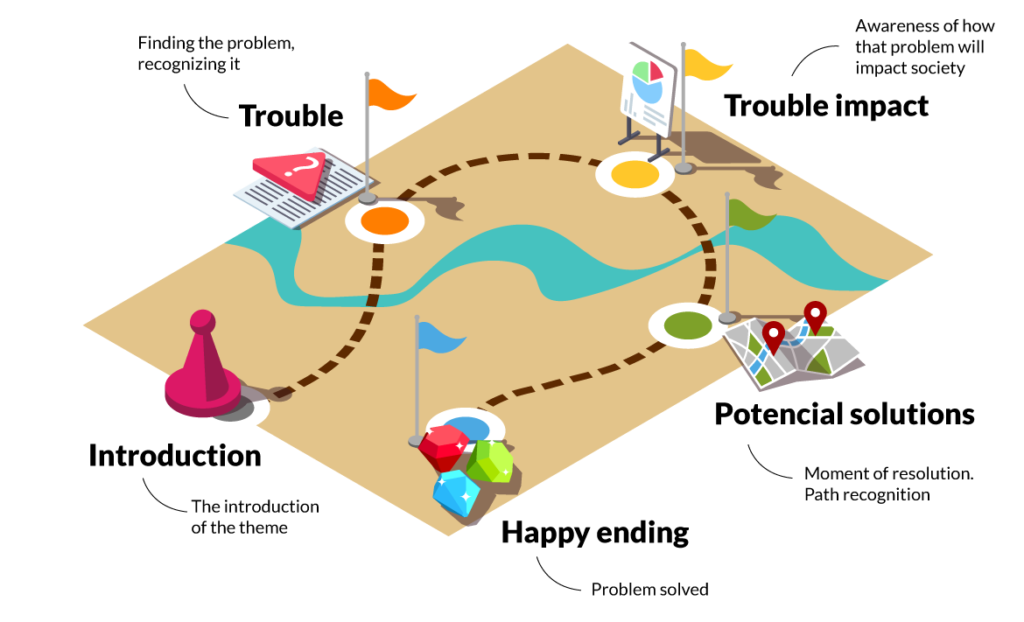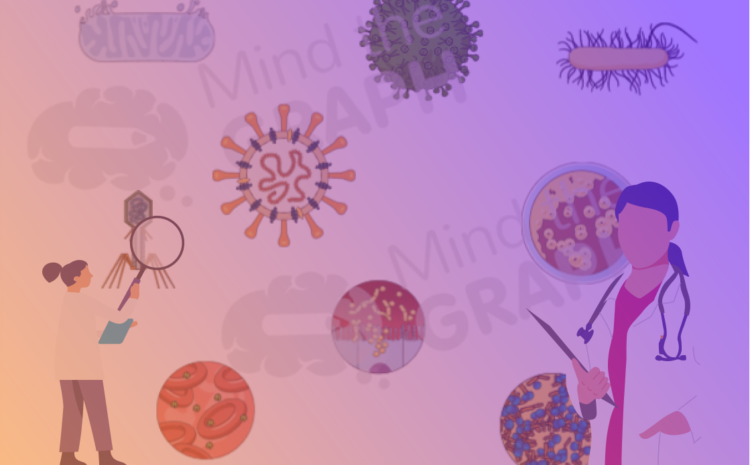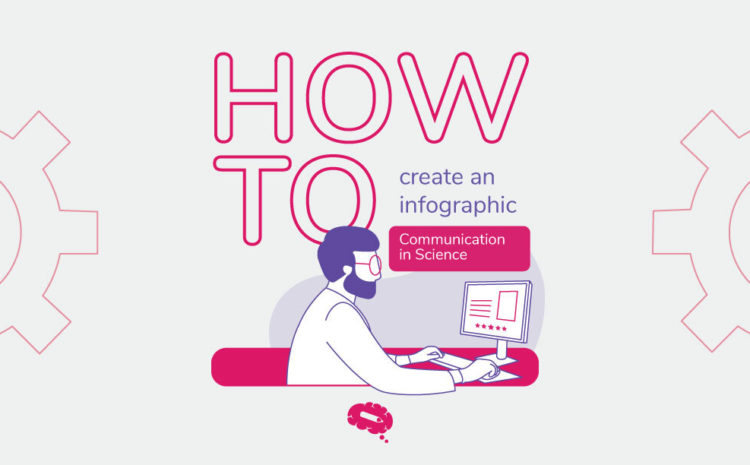Have you heard about communication through narratives? Storytelling? So, communicating through narratives is a way of telling, in a more playful and didactic way, any kind of thing.
Communication through narratives is not exactly telling fictional stories, but speaking through stories that are more didactic than a text or number, such as images or videos.
But who can use this type of narrative? All! Yes, storytelling is a highly effective way of teaching and passing on information. One of the greatest examples of storytelling is the fables for children, stories (in this case, fictional) teach lessons for children
Benefits of Communicating by Narratives
Perhaps the greatest benefit of communicating through narratives is the ease of understanding the content. The didacticization of information through alternative narratives promotes a unique experience for the user.
The possibility of learning something through a narrative, can generate a connection and even identification between who is reading and the content that is being passed. This type of identification is seen a lot in films, for example, through the Hero’s journey.
Hero’s Journey
The hero’s journey is a way of telling stories through 12 stages, with the aim of enchanting and fixing the content. This strategy was created by Christopher Vogler, with the intention of simply telling stories. The same, who loved Greek mythology and fables, created this journey to “organize” what we already saw in our day to day stories, how they touched us, made us identify and generated empathy and appreciation for the stories and characters.
The hero’s journey consists of:
- the common world;
- the call to adventure;
- refusal of the call;
- meeting with the mentor;
- crossing the first threshold;
- evidence, allies and enemies;
- approach to the secret cave;
- the ordeal;
- the reward;
- the way back;
- the resurrection;
- the return with the elixir.
Of course, we can summarize and transform it into less playful ways for when we need to talk about subjects, like science for example.
However, we must be aware that when we talk about subjects such as science, we must be a little more careful, to be able to speak in a serious way, with credibility, but without losing the sensitivity necessary to maintain the reader’s attention.
Thus, we can develop a story to communicate science thinking about a game, in which each point can be seen as a different mission, in which something needs to be done or analyzed. Thus, it would follow the following structure:
- Introduction – It would be the introduction of the topic that you will work on in your article.
- Problem – Recognizing and demonstrating what is the problem that bothers you.
- Impact of the Problem – Demonstrate how relevant this problem is and how it impacts people’s lives.
- Possible Solutions – Present the various solutions that may exist, from your research.
- Happy Ending – Problem solved, research implemented successfully!
This can be a more simplified and VERY short form of the Hero’s journey so that we can work on communicating science to people outside the academy, for example.
And a great way to work this type of communication through narratives within science, using the journey technique is from images, illustrations, which help the explanation in a more simple and didactic way.
Cool, huh? What are you waiting for to try? If you need help, you already know where to find it!

Subscribe to our newsletter
Exclusive high quality content about effective visual
communication in science.






